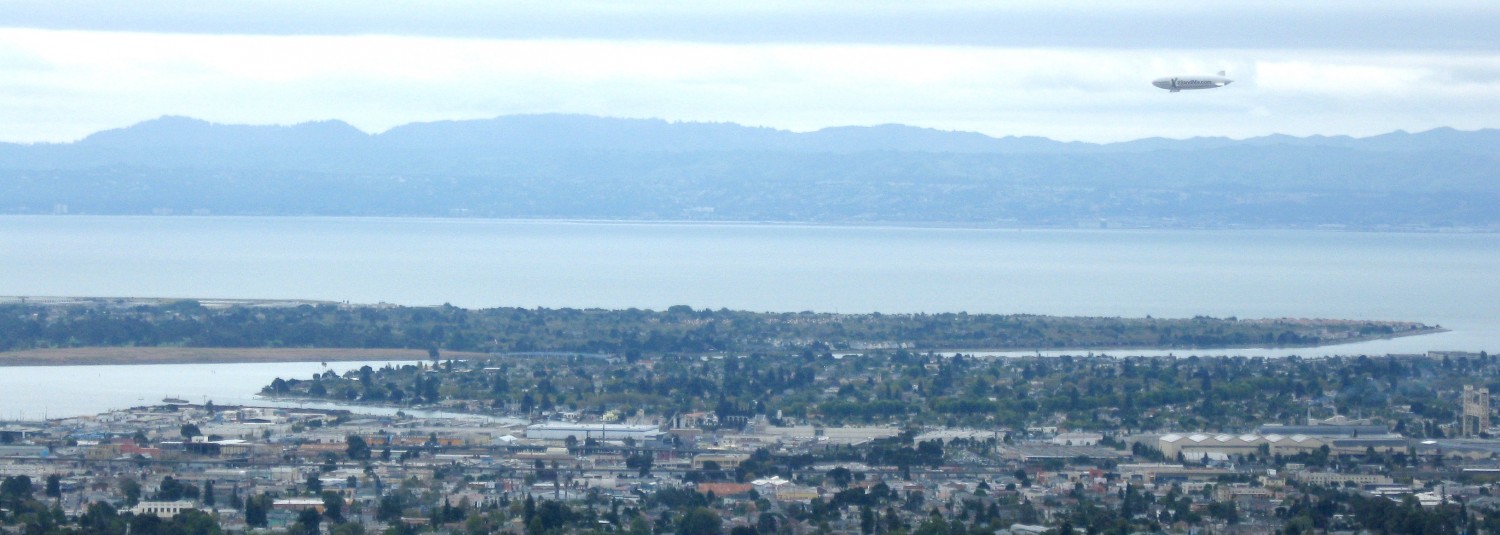Don Quixote: San Francisco Ballet
Saturday, February 26, 2022 8 PM
Opera House, San Francisco
BRAVO!
The San Francisco Ballet, celebrating its last year under the direction of Helgi Tomasson, has pushed its performance skills to achieve an ultimate BRAVO! The current production of Don Quixote is three acts, three hours (with intermissions) and delivers some superb bravura dance solos, duets and chorus performances.
The story, from the well-known book of Cervantes, essentially deals with Don Quixote, a minor nobleman in his late years, longing for romance, adventure and knighthood. He enlists a bumbling but charming servant, Sancho Panza, to accompany him. We see them, later in Act 1 riding upon a white horse and a pale pony. Both animals are live! Jim Sohm gave an exquisite acting performance as Don: Pascal Molat had us giggling with his foolish satire.
But the essential story that provides the ‘through line’ for this ballet is that of Kitri (Misa Kuranaga) and her lover Basillio (Angelo Greco). Basillio, being a poor fellow, is not permitted to marry Kitri. Although Kitri’s father (Van Caniparoli) tries to introduce her to Ganache, a rich fop (Myles Thatcher), the lovers devise many means to escape.
The ballet’s history goes back several centuries in production. Two chapters of the novel were adapted in 1740! and Noverre did one in Vienna in 1768. But it is the Russian verse by Charles Diderot in 1808 and finally a Petipa adaptation for the Imperial Ballet of St. Petersburg with music by Ludwig Minkus in1869 and one in 1871 that became the basis of the current SF Ballet version. It has had other more recent European and American productions. Tomasson first staged “Quixote” with Yuri Passokhov in March, 2003.
After a busy Act 1 in the Barcelona town square (which includes dances by toreadors and a Seguidilla, a dance native to Seville), the charming couple find their comfort in the Spanish countryside where they are entertained by the Gitano leader (Estaban Hernandez), his Gitano woman, (Ellen Rose Hummel) and numerous Gitanos. The women dance in character shoes.
Quixote, to the rescue, “tilts at the windmill” and is knocked out. A dream scene follows. It is, for the ballet, a reconstruction of a ‘classic’ ballet ‘blanc’, but now the dancers and cupids are in pale blue tutus and tunics. The main dancers (on toe) are Queen of the Driads: Sasha Mukhamedov and Cupid: Norika Matsuyama. Quixote moves among them with longing gestures. There is a chorus of druids and little cupids, again from the Ballet School. Our hero is soon awakened by Panza and off they go to a tavern.
We are finally in Scene 3 of Act II. The taverna is presided by Ricardo Bustamante who is able to evoke many repetitions of dances seen and one on the taverna table. After series of chases and a mock death scene staged by Basilio, Kitri’s father relents and we are off to the wedding in the Town Square (Act III).
There we are entranced by several encores by soloists and groups previously seen and then a marvelous Fandango by the chorus of dancers. But it is Kitri (Misa Kuranaga) and her lover Basillio (Angelo Greco) whose ‘pas de deux” excels even the bravura we have experienced. Greco’s leaps manage to include one in which his back is parallel to the floor; Kuranaga spins endlessly, is caught after many dives into Greco’s arms, and then balances on point, alone, in ‘attitude’ position. Their skills are superb!
It is almost 11 PM. The curtain has gone down: the orchestra is on its feet as is the audience. The curtain calls and applause resound throughout the house. The great conductor, Martin West and the orchestra (including the castanet player) bow. The dancers receive flowers and call for Tomasson. Bravo! Bravo!
Performances of Don Quixote continue at the Opera House through March 6, 2022. See SFBallet.org for tickets, times and casting for each performances.
PROLOGUE: Don Quixote’s Study
Don Quixote: Jim Sohm
Sancho Panza: Pascal Molat
ACT I: Town Square in Barcelona
Kitri: MISA KURANAGA
Basilio: ANGELO GRECO
Lorenzo: Val Caniparoli
Gamache: Myles Thatcher
Kitri’s Friends: Isabella DeVivo, Julia Rowe
Mercedes: Sarah Van Patten
Espada: Luke Ingham
Mother: Anita Paciotti
Toreadors: Sean Bennett, Steven Morse, Alexander Reneff-Olson, Henry Sidford, John-Paul Simoens, Mingxuan Wang
Seguidilla: Kamryn Baldwin, Samantha Bristow, Olivia Brothers, Thamires Chuvas, Megan Amanda Ehrlich, Gabriela Gonzalez, Blake Johnston, Elizabeth Mateer, Lauren Parrott, Leili Rackow, Natasha Sheehan, Maggie Weirich, Rubén Cítores, Estéban Cuadrado, Luca Ferrò, Lleyton Ho, Andris Kundzins, Davide Occhipinti, Joshua Jack Price, Nathaniel Remez, Jacob Seltzer, Alexis Valdes, Joseph Warton, Adrian Zeisel
ACT II, Scene One: Spanish Countryside
Gitano Leader: Esteban Hernandez
Gitana Woman: Ellen Rose Hummel
Gitanos: Juliana Bellissimo, Megan Amanda Ehrlich, Gabriela Gonzalez, Blake Johnston, Swane Messaoudi, Jamie Adele Stephens, Sean Bennett, Davide Occhipinti, Joshua Jack Price, Alexander Reneff-Olson, John-Paul Simoens
Puppets: Students of San Francisco Ballet School
ACT II, Scene Two: Don Quixote’s Dream
Queen of the Driads: Sasha Mukhamedov
Cupid: Norika Matsuyama
Driads: Alexis Aiudi, Kamryn Baldwin, Juliana Belli
ssimo, Samantha Bristow, Olivia Brothers, Jihyun Choi, Thamires Chuvas, Anatalia Hordov, Blake Johnston, SunMin Lee, Elizabeth Mateer, Carmela Mayo, Swane Messaoudi, Pemberley Ann Olson, Lauren Parrott, Leili Rackow, Natasha Sheehan, Tyla Steinbach, Maggie Weirich
Little Cupids: Students of San Francisco Ballet School
ACT II, Scene Three: Taverna
Inn Keeper: Ricardo Bustamante
ACT III: The Wedding, Town Square
Bridesmaids: Isabella DeVivo, Julia Rowe with Kamryn Baldwin, Thamires Chuvas, Carmela Mayo, Lauren Parrott, Leili Rackow, Tyla Steinbach
Fandango: Ludmila Bizalion, Samantha Bristow, Megan Amanda Ehrlich, Gabriela Gonzalez, Anatalia Hordov, Blake Johnston, Elizabeth Mateer, Maggie Weirich, Sean Bennett, Rubén Cítores, Estéban Cuadrado, Nathaniel Remez, Jacob Seltzer, John-Paul Simoens, Joseph Warton, Adrian Zeisel
